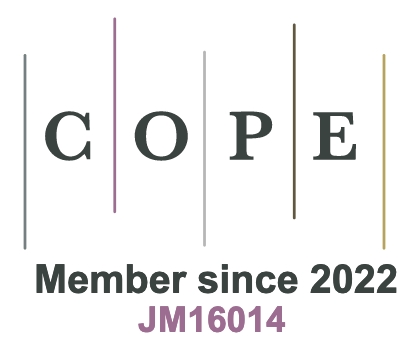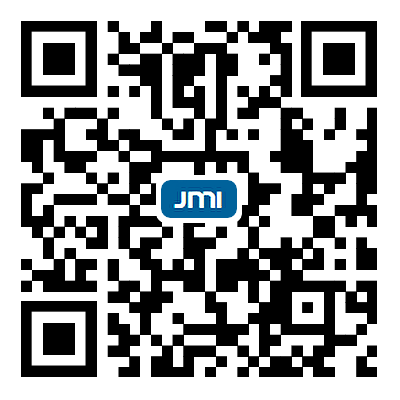Deep learning-enhanced cellular automaton framework for modeling static recrystallization behavior
Abstract
Accurately characterizing dislocation behavior - the driving force behind nucleation and growth of recrystallized grains - has long been a formidable challenge for traditional cellular automata methods. We are proud to unveil a groundbreaking, machine learning-enhanced cellular automaton framework that fundamentally transforms the mapping of dislocation substructures while expertly modeling static recrystallization (SRX) behavior. By integrating the dislocation escape assumption during recovery, we decisively eliminate spatial resolution limitations and capture the intricate mesoscopic dynamics of dislocation evolution with unprecedented precision. Our innovative approach has demonstrated extraordinary effectiveness in predicting the recrystallization kinetics of a typical austenitic alloy, bolstered by strong experimental validation. The deep learning-based dislocation implantation module, SRX-net, stands out as a game-changer, surpassing traditional techniques like random forests and U-net by showcasing exceptional capabilities in identifying complex intracrystalline substructures and managing uneven strain concentrations. The proposed advanced simulations yield critical insights into dislocation density variations, highlighting significant local fluctuations driven by dislocation escape. Importantly, while the migration and accumulation of dislocations may falter in meeting nucleation conditions during grain growth, our model excels in accurately predicting average SRX grain sizes without introducing any unphysical artifacts. This revolutionary framework dramatically reduces time-to-solution, empowering comprehensive parametric studies and enabling near real-time recrystallization simulations, thus setting a bold new standard for industrial applications.
Keywords
Dislocation, static recrystallization, cellular automaton, machine learning, heterogeneity
Cite This Article
Zhu Y, Cao Y, Xu B, Zhang J, He Q, Luo R, Jia X, Liu Q, Hou Z. Deep learning-enhanced cellular automaton framework for modeling static recrystallization behavior. J Mater Inf 2025;5:[Accept]. http://dx.doi.org/10.20517/jmi.2025.48












